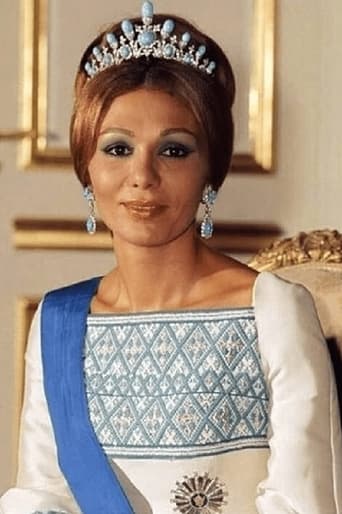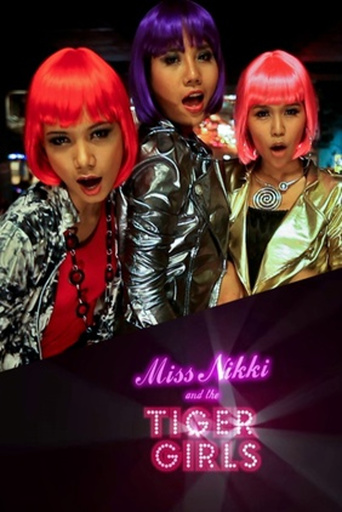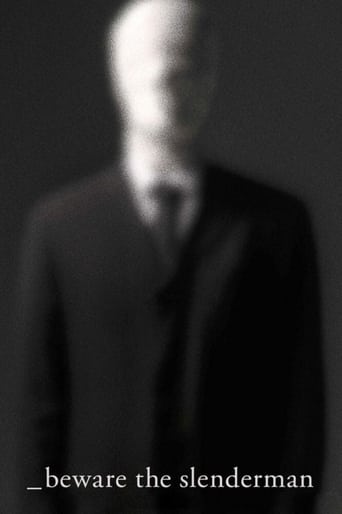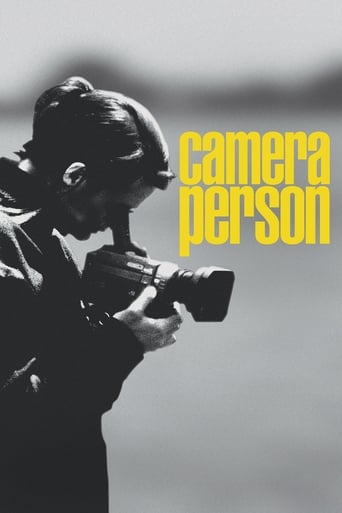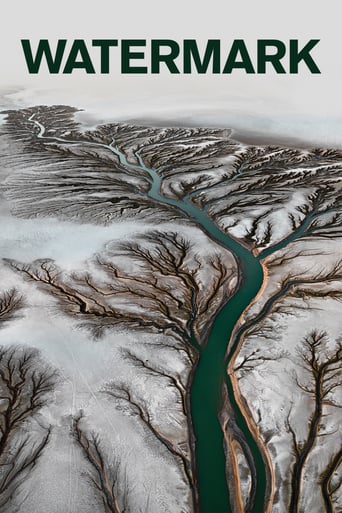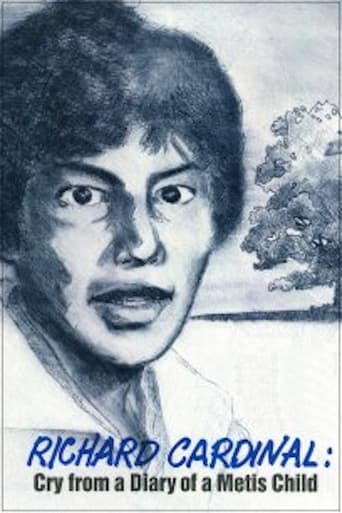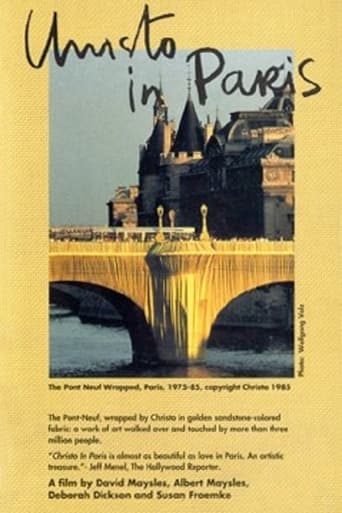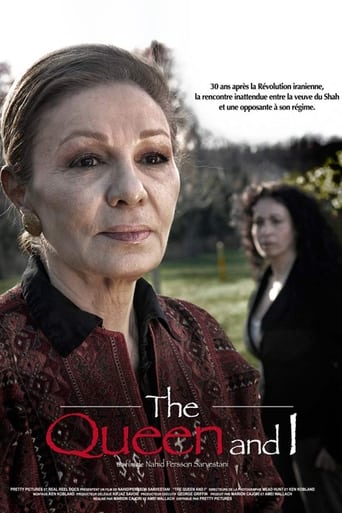

The Queen and I (2008)
Filmmaker and Iranian exile Nahid Persson talks with Queeen Farah, the widow of the late Shah of Iran, who also has been an Iranian exile since the Shah was overthrown in 1979. A meeting of two women who once belonged to opposite sides in Iran.
Watch Trailer
Cast


Similar titles
Reviews
Too many fans seem to be blown away
Slow pace in the most part of the movie.
Captivating movie !
How wonderful it is to see this fine actress carry a film and carry it so beautifully.
The worst thing about this documentary if the narration and the script that only a naive filmmaker can use dealing with a former queen. People should always be considerate of their language and expressions when dealing with any celebrities. The only observation I had was that the filmmaker was evolved to a better character in term of her dressing and understanding of the occasions by the time the documentary is done. You see how the documentary starts with a messed up bedroom and ends up to a tidy room. That's the effect that the former Queen had on her without intention. There are better documentaries which are available about Queen Farah Pahlavi and the best is reading the book written by her.
After revolutions happen, it is rarely the case that the participants and the deposed get to meet -- let alone have a conversation with -- each other. The value of this documentary lays in the fact that a child of and participant in the Iranian revolution of 1979 (whose brother was executed in the aftermath, and who herself fled the country) sought out, met, and even began to see things from the viewpoint of Farah Diba, the Shah's third wife and widow, who lives a life of luxury and loneliness in Paris. That these conversations were possible is to the credit of both participants, and Nahid Persson does a remarkable job of showcasing the range of Iranian responses to the Shah and his rule -- from sycophantic Iranian Americans who still consider his son their King, to an Iranian man who was a victim of the Shah's policies. The filmmaker ultimately fails to ask some hard questions, and Farah is naturally suspicious of her motives at times, but in the end a portrait emerges of two women who have both in their own ways been pawns in a game of chess played by history. There is reconciliation, even if there is inadequate emphasis on truth.
Director Nahid Persson is born in Iran, from a family who was actively opposed to the regime of the Shah. As a young Communist she was among the million of youth who cheered in the streets when the revolution broke and the Shah and his wife, empress Farah flew the country. Although they lived in the same country, the two women were separated by huge social and political differences, and for Nahid as for many Iranians the fairy tale lives of the royals had become the symbols of corruption and repression. Yet, soon after the revolution the dreams of democracy and of a better life proved to be illusions and Nahid and her family found themselves again on the side of the opposition, and eventually had to flew Iran.Thirty years after the revolution the Sweden-settled Persson looks back in this documentary to the time of the revolution, and tries and succeeds to meet the former empress, now living as a refugee, but a different kind of refugee, in order to understand not only what she has become, but also her own feelings towards a woman who decades ago symbolized for her evil, and now is living at least from some aspects a similar life of longing for the lost country. The film includes the interviews with Farah, and these are more or less what you can expect. The former empress is living the life of a high-class, jet-style refugee. Her views did not seem to have changed too much in the decades since the fall from power of the Shah. Neither does the director want to push too hard questions on her. These are asked a few time off-screen, but they seem to have been shared much more with the viewers of the film than with the subject of the interviews. Maybe it's a sign of respect, or maybe it is the strong and fascinating personality of Farah who wins the heart of the director, or maybe the shared fate of the two women is more important than any other story told in the film. Made and issued to screens around the time when many other documentary films about the fall of the Shah and the Islamic revolution were made 30 years after the events, 'The Queen and I' is one of the more interesting, and the human story occupies a better place in this film than the political one.
This couple was never supposed to meet. Queen Farah Diba of Iran and the girl who fought her from the left and made the revolution.But as often happens, revolutions eat their children and director Nahid Persson had to escape from her country, a country which had just executed her young brother.So Persson ended up in Sweden, started to make documentaries and one day got the idea of taking contact with the queen, asking if it was possible to make a movie about her life today.It was possible and the two of them become good friends in the end. The queen is found to still be much of an empress but also a warm person, who doesn't just call people in Iran. She is somewhat, as a paradox, willing to serve.A warm documentary which once again tells us the truth. Whatever we are, we are first of all human beings.


